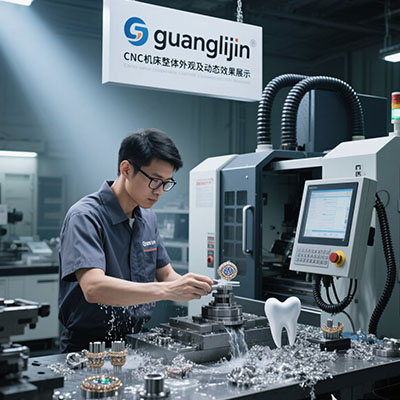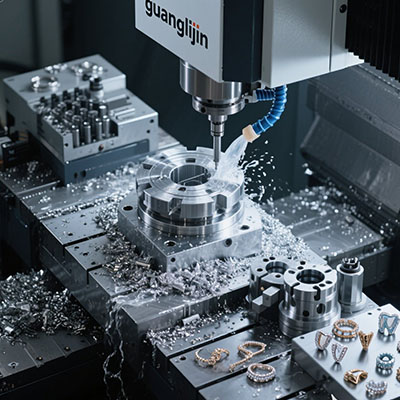Multi-Axis CNC Turning: 16-Axis Industrial Systems
The Complete Machining Revolution
Modern manufacturing demands integrated solutions. Traditional separate turning and milling operations create bottlenecks. They increase handling time and introduce errors.
16-axis CNC systems combine turning and milling seamlessly. They produce complete components in single setups. This eliminates multiple machine transfers and realignment.
Industrial Manufacturing Challenges
Problem: Multiple Machine Setups
Complex components require both turning and milling operations. Moving parts between machines causes alignment issues. Each transfer risks damage and introduces errors.
Solution: Integrated Turning-Milling Centers
16-axis systems handle rotating and stationary operations simultaneously. They maintain positional accuracy throughout complete machining cycles. This reduces production time by 68% according to SME manufacturing data.
Case Study: Hydraulic Valve Body
Our team encountered a complex project in 2025 involving a stainless steel valve body. The part required turning, drilling, and milling operations. Traditional methods caused alignment problems between features.
Manufacturing Efficiency Comparison
| Production Metric | Project A: Separate Machines | Project B: 16-Axis System |
|---|---|---|
| Machine Transfers | 3 separate operations | Single operation |
| Total Production Time | 9 hours | 3.5 hours |
| Alignment Accuracy | ±25μm | ±6μm |
| Setup Labor Hours | 4.5 hours | 1 hour |
Implementing Multi-Axis Turning-Milling
Successful implementation requires strategic planning. Follow this proven methodology for optimal results:
Five-Step Implementation Process
Step 1: Process analysis and integration planning. Identify which operations can be combined efficiently.
Step 2: Tooling system design. Select tools that handle both rotating and stationary workpiece operations.
Step 3: Programming strategy development. Create integrated programs that optimize tool paths and minimize changes.
Step 4: Fixture design optimization. Develop fixtures that provide access for both turning and milling operations.
Step 5: Process validation and optimization. Conduct test runs and refine parameters for maximum efficiency.
Avoiding Common Implementation Errors
Combined turning and milling operations create complex interference scenarios.
Inadequate clearance planning causes costly collisions and tool damage.
Another frequent mistake involves cutting parameter selection. Parameters that work for separate operations may need adjustment when combined in multi-axis environments.
Industry Performance Insights
Recent manufacturing studies reveal impressive results. Companies using 16-axis technology report 72% faster complete part production. They achieve 55% reduction in quality issues according to Modern Machine Shop magazine.
Interestingly, the programming complexity decreases with experience. Second projects typically require 35% less programming time than initial implementations.
Advanced Multi-Axis Strategies
Digital manufacturing integration continues to advance. Virtual simulations now model complete production processes accurately. This eliminates costly trial runs and optimizes machining sequences.
Counter-intuitively, sometimes separating operations within the same machine improves efficiency. Strategic sequencing often provides better results than fully simultaneous operations.
Multi-Axis Implementation Checklist
□ Complete process integration analysis
□ Verify tool clearance for all combined operations
□ Validate fixture design for both turning and milling
□ Confirm integrated program simulation completion
□ Check collision avoidance system parameters
□ Verify coolant access for all machining operations
□ Conduct comprehensive dry run verification
Frequently Asked Questions
What are the advantages of combining turning and cnc milling 5 axis operations?
Combining operations reduces setups, improves accuracy between features, and decreases production time significantly. This integrated approach eliminates alignment errors between turning and milling operations.
How does multi-axis turning differ from traditional lathe operations?
Multi-axis turning incorporates live tooling, secondary spindles, and Y-axis capabilities. This enables milling, drilling, and tapping operations while maintaining workpiece rotation for complete machining.
What types of components benefit most from multi-axis turning-milling centers?
Complex components requiring both rotational symmetry and complex features benefit most. Examples include hydraulic manifolds, aerospace fittings, medical implants, and automotive transmission parts.
How to program complex parts for multi-axis turning-milling machines?
Use integrated CAM software that handles both turning and milling operations. Implement synchronized tool paths, optimize tool changes, and utilize simulation to verify complete machining cycles.
What maintenance do multi-axis turning-milling centers require?
Regular maintenance includes spindle calibration, tool changer verification, axis alignment checks, and control system updates. These systems typically require scheduled maintenance every 400-800 operating hours.







